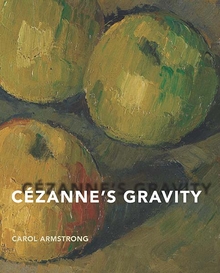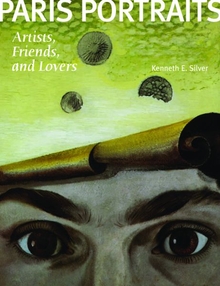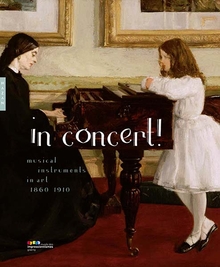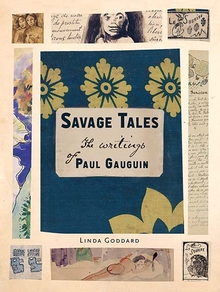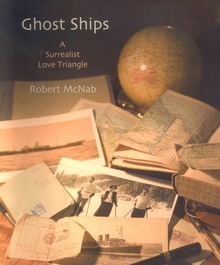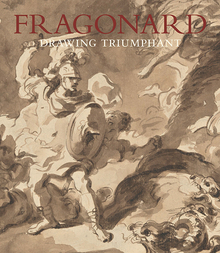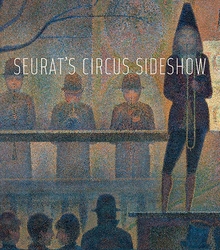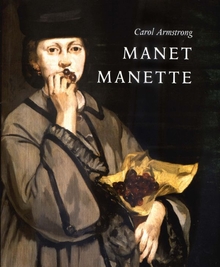Cézanne's Gravity
WARNING
You are viewing an older version of the Yalebooks website. Please visit out new website with more updated information and a better user experience: https://www.yalebooks.com
Carol Armstrong

Read this book online via the A&AePortal, our art and architectural history eBook platform. To learn more about how to access this book, please contact us.
A transformative study, freeing the artist from outdated art historical narratives and revealing his work as newly strange again
Cézanne’s Gravity is an ambitious reassessment of the paintings of Paul Cézanne (1839–1906). Whereas previous studies have often looked at the artist’s work for its influence on his successors and on the development of abstraction, Carol Armstrong untethers it from this timeline, examining Cézanne’s painting as a phenomenological and intellectual endeavor. Armstrong uses an interdisciplinary approach to analyze Cézanne’s work, pairing the painter with artists and thinkers who came after him, including Roger Fry, Virginia Woolf, Albert Einstein, Maurice Merleau-Ponty, Rainer Maria Rilke, R. D. Laing, and Helen Frankenthaler. Through these pairings, Armstrong addresses diverse subjects that illuminate Cézanne’s painting, from the nonlinear narratives of modernist literature and the ways in which space and time act on objects, to color sensation and the schizophrenic mind. Cézanne’s Gravity attends to both the physicality of the artist’s works and the weight they bear on the history of art. This distinctive study not only invites its readers to view Cézanne’s paintings with fresh eyes but also offers a new methodology for art historical inquiry outside linear narratives, one truly fitting for our time.
Cézanne’s Gravity is an ambitious reassessment of the paintings of Paul Cézanne (1839–1906). Whereas previous studies have often looked at the artist’s work for its influence on his successors and on the development of abstraction, Carol Armstrong untethers it from this timeline, examining Cézanne’s painting as a phenomenological and intellectual endeavor. Armstrong uses an interdisciplinary approach to analyze Cézanne’s work, pairing the painter with artists and thinkers who came after him, including Roger Fry, Virginia Woolf, Albert Einstein, Maurice Merleau-Ponty, Rainer Maria Rilke, R. D. Laing, and Helen Frankenthaler. Through these pairings, Armstrong addresses diverse subjects that illuminate Cézanne’s painting, from the nonlinear narratives of modernist literature and the ways in which space and time act on objects, to color sensation and the schizophrenic mind. Cézanne’s Gravity attends to both the physicality of the artist’s works and the weight they bear on the history of art. This distinctive study not only invites its readers to view Cézanne’s paintings with fresh eyes but also offers a new methodology for art historical inquiry outside linear narratives, one truly fitting for our time.
Carol Armstrong is professor in the Department of the History of Art at Yale University.
“Carol Armstrong develops a new vision of Cézanne’s remarkably rich and complex achievements–one which speaks to our time and its skepticism about modernist conceptions of art. Cézanne’s Gravity is a distinctive study rife with subtle, intelligent analysis.”—Alex Potts, author of Experiments in Modern Realism (Yale)
"Carol Armstrong has written a beautiful, even poetic, book that will open new doors for understanding and appreciating the work of Cézanne after the end of modernism.”—Keith Moxey, author of Visual Time: The Image in History
“Cézanne’s Gravity is fiercely intelligent at every point.”—Nancy Locke, caa.reviews
Co- winner of the 2019 Robert Motherwell Book Award, sponsored by the Dedalus Foundation.
ISBN: 9780300232714
Publication Date: November 13, 2018
Publication Date: November 13, 2018
296 pages, 8 x 10
108 color + 18 b/w illus.
108 color + 18 b/w illus.

